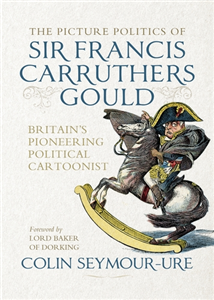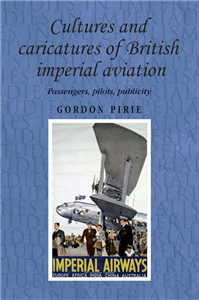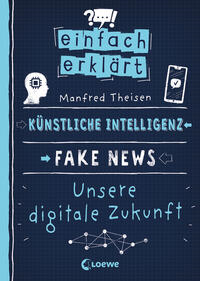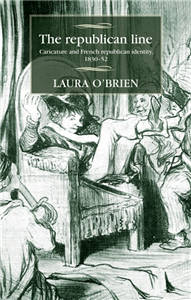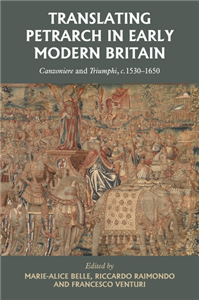Mit schönem Farbschnitt in der Erstauflage – Lieferung je nach Verfügbarkeit
Fake Dating vom Feinsten!
Sie ist die Erbin einer der größten Hoteldynastien Amerikas, er ist ein Kleinkrimineller. Noelle will ihrem Vater ihren neuen Freund vorstellen, Memphis will die Reichen um ihren Schmuck erleichtern. In einer schicksalhaften Nacht auf einer Wohltätigkeitsveranstaltung prallen ihre Welten aufeinander. Alles, was schiefgehen kann, geht schief – und auf der Tanzfläche landet Noelle in den Armen von Memphis. Schon wenige Stunden später kursieren Fotos der beiden in der Boulevardpresse. Unter dem Druck ihres strengen Vaters behauptet Noelle, Memphis sei ihr neuer Partner. Wie soll sie ihrem Vater erklären, dass sie ihren echten Freund auf der Gala beim Fremdgehen erwischt hat, nur um kurz darauf mit einem Gangster zu tanzen? Doch ihre Notlüge schlägt höhere Wellen als gedacht: Ihr Vater besteht darauf, dass ihr vermeintlicher Freund mit auf den Familiensitz nach Colorado kommt, um ihn auf Herz und Nieren zu prüfen. Noelle bleibt nichts anderes übrig, als Memphis einen Deal vorzuschlagen …
The Truth In Your Lies: Gegensätze ziehen sich an
New Adult at it's best: Die aufregende Liebesgeschichte zwischen der reichen Hotelerbin Noelle und dem charmanten Gauner Memphis.
Große Emotionen: Ein mitreißender Roman über Liebe, Selbstfindung und die Kraft, den eigenen Weg zu gehen – für Mädchen ab 16 Jahren.
Voll im Trend: Mit den angesagten Tropes Fake Dating und Opposites attract.
New Adult mit feministischem Twist: Eine starke Protagonistin auf der Reise zu sich selbst.
Genial ausgestattet: Softcover mit Klappen, einem trendig illustrierten Farbschnitt in der Erstauflage und einem abtrennbaren Lesezeichen.
The Truth In Your Lies entführt seine Leser*innen ab 16 Jahren in eine Welt der ganz großen Gefühle. Neben den beliebten Tropes „Fake Dating“ und „Opposites attract“ sorgt ein feministischer Twist für Tiefgang: Die Hotelerbin Noelle entwickelt sich von einer Frau, die ihre eigenen Bedürfnisse zurückstellt, zu einer selbstbewussten Persönlichkeit. Das perfekte Buch für Fans von New-Adult-Romanen!





